I have put My words in your mouth (Isaiah 51:16). On this verse Rabbi Shimon bar Yochai, the main protagonist and archetypal darshan (myth-maker) of the great classic of Kabbalah, the Zohar, comments: “With every word of Torah that is made new through the mouths of humans, a new heaven is created” (Zohar 1:4b). Rabbi Shimon goes on to further imply that God gives us words of Torah for the express purpose of delighting in the ways that we play with, innovate, and renew those very words, creating vast new worlds in the process. From this compact and creative teaching, we are able to surmise that we are given Torah precisely in order to drash it, meaning to explore its depths and to express its mysteries.
Throughout Jewish history, Torah has been most alive when it has been taken in, digested, played with, and interrogated—in other words, when it’s been drashed into new heavens, allowing us to see the text, the world, and ourselves in a new light. It is precisely this art and practice of darshanut that has kept Torah vital and has led to the creation of vast bodies of literature including Talmud, Midrash, Zohar and the many other works that make up the Jewish canon.
To drash is to bring the text into the fullness of its being. “The text is realized in being interpreted,” writes Scholar Itamar Gruenwald. “For all practical purposes, the text lives in the interpretive mode: nothing can hold it back from succumbing to the inevitable process of interpretation and reinterpretation.”[1] In each era it is incumbent upon us to add new interpretations, thereby allowing the text and tradition to continue to live and evolve as we do.
In this neo-rabbinic time, we are called upon to engage the texts of our tradition through new and creative means in order to bring forth the novel interpretations and relevant insights so deeply needed today. “Torah may contain entire dimensions that are not yet apparent to us,” theologian Rabbi Art Green writes. “We should strive to remain open to learning on as many levels, and by as many methods, as we are able to. In this way, Torah will become for us, as it was for earlier generations, a way to navigate those mysterious channels of existence.”[2]
To drash is to set sail on a creative journey deep into the heart of mystery and to emerge renewed and prepared to tell the tale. Each of us - simply by being human - is endowed with the creative capacity to embark on this darshanic journey. Torah teaches us that we are created b’tzelem Elokim, in the image of God. The Holy One is the ultimate Creator, and each of us contains sparks of this divine creative power and potential, which is, in fact, the root of art.
An ancient midrash about the revelation at Sinai illustrates this point:
Said R. Levi: The Holy One, blessed be He, appeared to them like a picture, which is visible from all angles. A thousand people may gaze on it and it, in turn, gazes upon all of them!” [3]
Each and every one of us has a unique capacity to make visible new angles of the Divine through our unique drashot. We do this by first becoming familiar with the texts and traditions with which we converse while, at the same time, allowing ourselves the freedom to wander off the pre-marked and well-trod trails towards that which calls out to us, beckoning us beyond what has already been revealed, into the heart of the mystery.
The drash emerges from this creative/interpretive process. We use whatever means we have at our disposal—paintbrush, pen, voice, instrument, the body—to traverse this unknown territory in order to unearth new insight. As we follow the flow of imagination, memory, intuition, and emotion we activate our many senses and open ourselves up to receiving information on multiple levels at once. We may be surprised, terrified, delighted, or amused by what we find when we journey into the unknown. But that is precisely the vital connection between the spiritual practice of darshanut and the creative process of art- the courage to encounter, and then to express, that which one finds off the beaten path, in the wilderness of their own heart when perceived through the mirror of sacred text.
This art of darshanut is a sacred practice that has been bequeathed to us by the many generations that have come before us. Through it we simultaneously honor that which we’ve inherited, innovate vast new worlds, and delight the Divine in the process.
Rabbi Adina Allen: Co-Founder of The Jewish Studio Project http://www.jewishstudioproject.org/
[1] Ithamar Gruenwald “Midrash and the ‘Midrashic Condition’: Preliminary Consideration.” The Midrashic Imagination, Ed. Michael Fishbane (New York: State University of New York Press, 1993), 12.
[2]Art Green, Radical Judaism: Rethinking God and Tradition (New Haven: Yale University Press, 2010) 83.
[3] Yalkut Shimoni, Yitro 286.
